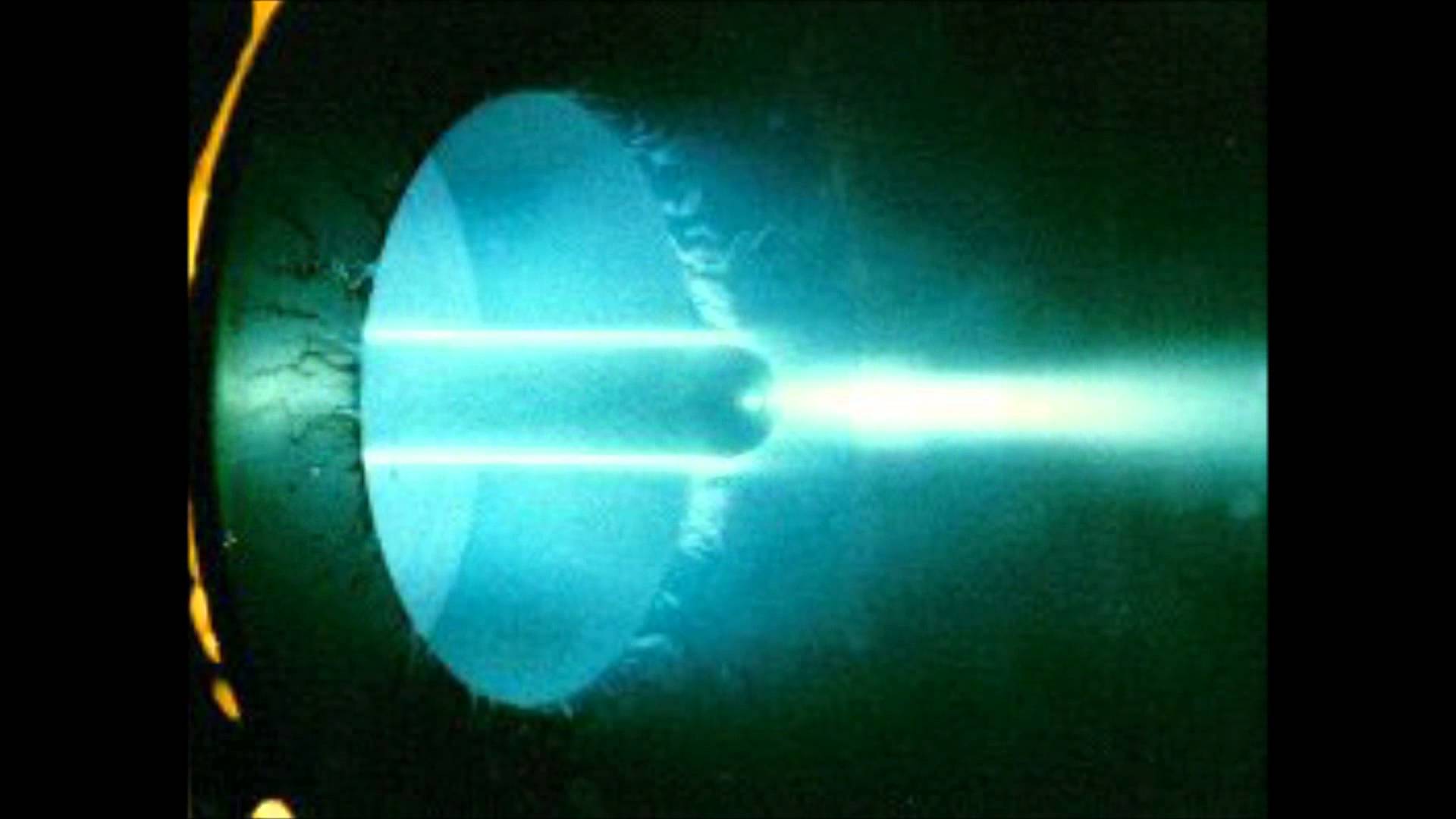Here is more on the background of the research involved in such an endeavor:
Due to the nuclear test ban treaty, nuclear propulsion spacecraft engines have never been deployed in space, creating a huge set back in our ability to reach deep space. Aneutronic fusion, if viable, could act as a loophole around the test ban treaty as it is impossible for this technology to be used as a weapon as no harmful radiation is generated.
Other plans for nuclear propulsion engines include gas core electromagnetic fission reactors which could generate high levels of ultraviolet photon pressure to propel a spacecraft, however such a technology would not be viable until the late 21st century.
Helium-3, Lithium-7 and Boron-11 are the isotopes which can be fused with protons to produce energy.
in p-11B fusion the proton and boron-11 nucleus are fused and form a short-lived excited state of a carbon-12 nucleus, sometimes called a Hoyle state in the Triple-Alpha fusion cycle. The unstable carbon-12 Hoyle state then decays by gamma decay into beryllium-8 and an alpha particle. Beryllium-8 then decays by gamma decay into two helium nuclei.
the p-11B fusion reaction requires the most energy, however 11B has a large cross-section for alpha particles and the reaction gives off 3 alpha particles for every 1 consumed, so in principle a critical mass for fusion can be reached.
We hope you enjoy the video and that progress can be made in regards to space travel using this research.
